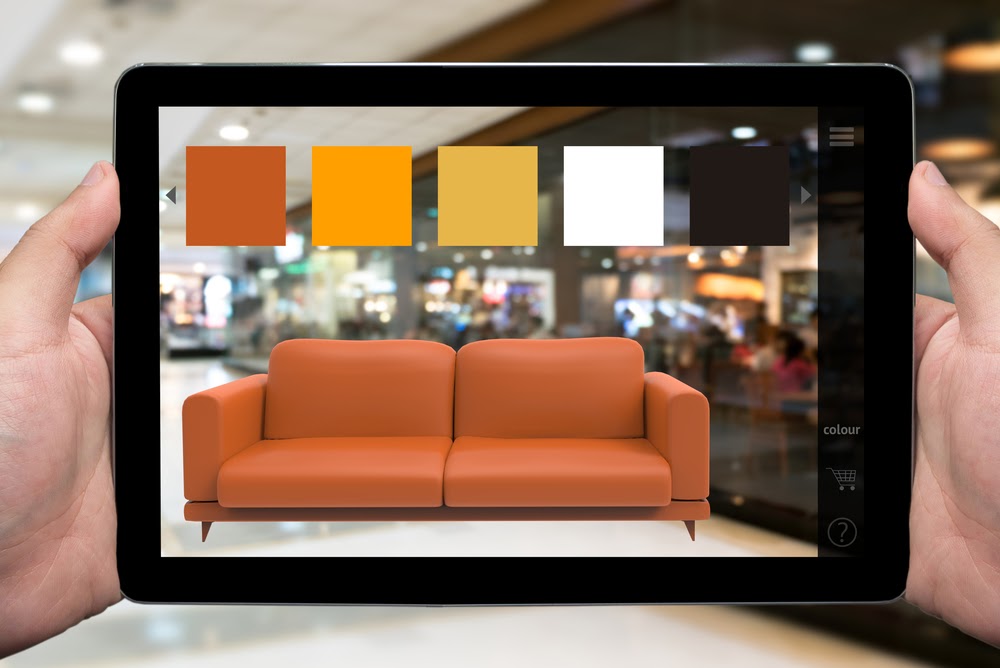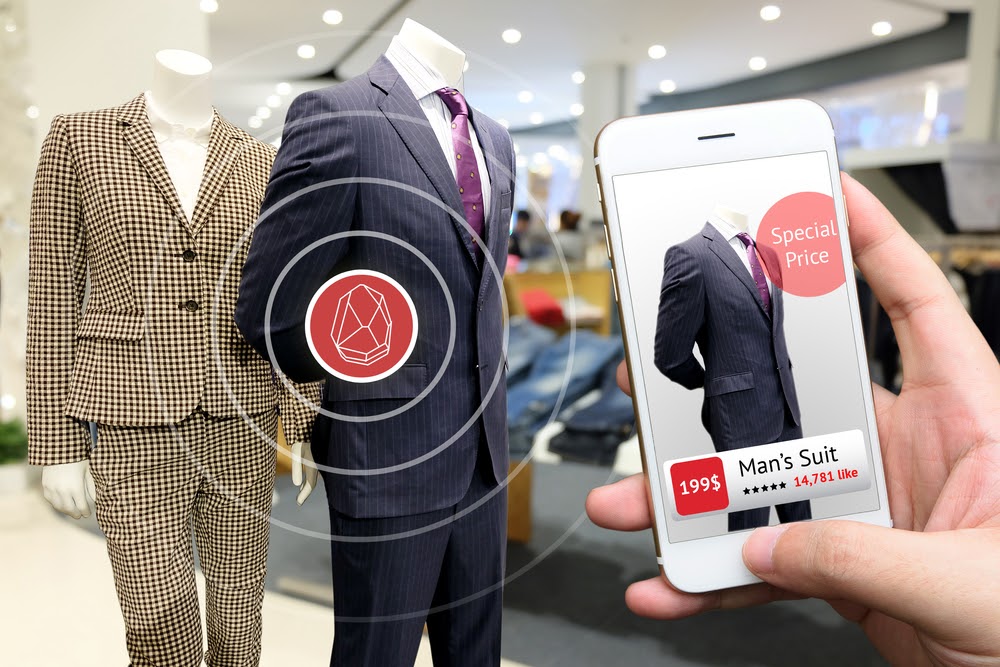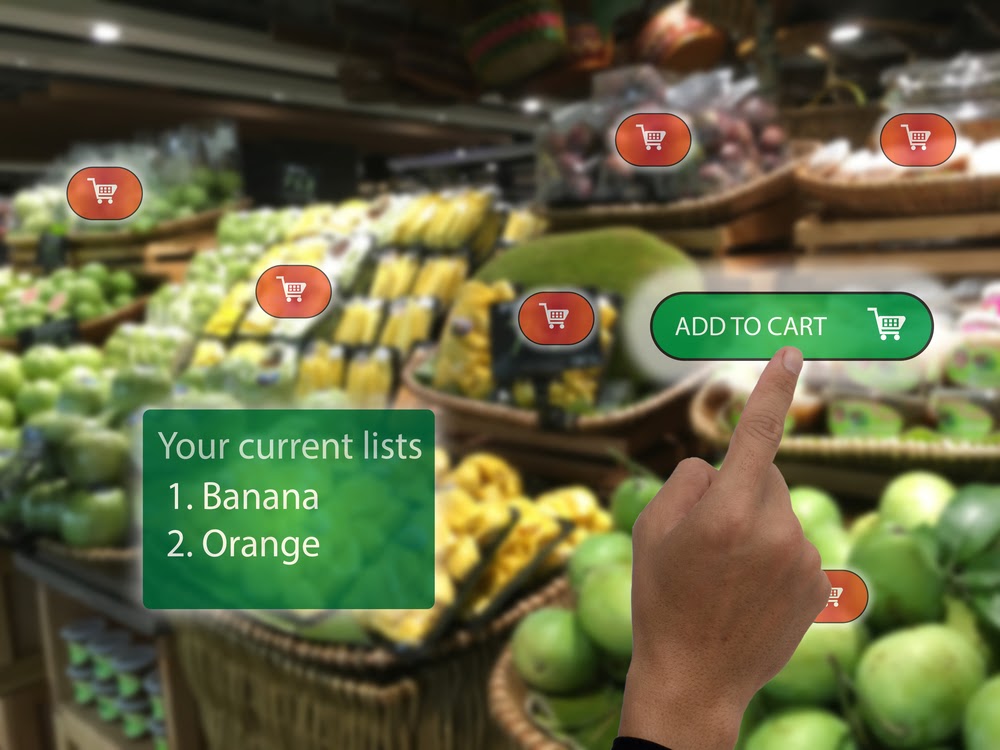8 Applications of Augmented Reality in Retail
Augmented reality is technology that allows users to modify their real world by adding sounds, images, and other digital elements to it. In other words, this technology gives users the opportunity to blend the digital and real world together.
Augmented reality is often associated with gaming. In fact, one of the most well-known uses of this technology is the Pokemon Go app, which challenges users to locate and capture Pokemon characters in their real world environment. However, augmented reality isn’t all fun and games. This technology has been widely used outside of the world of gaming, including in the retail industry.
How is this technology used by retailers? Here are 8 applications of augmented reality in retail:
Test/Try On Products
A number of retailers use augmented reality technology to allow consumers to test or try on products using their smartphone, tablet, or computer.
Warby Parker, an online glasses and sunglasses retailer, is one company that uses augmented reality technology in this manner. In 2019, the company launched its “virtual try-on” feature, which uses augmented reality to overlay Warby Parker glasses onto the user’s face. This gives the consumer the chance to try on different styles of glasses to see how they will look on their face before placing an order.
Many clothing retailers, including H&M, Macy’s, Gap, and Asos, offer similar virtual try-on experiences. Retailers in the beauty and cosmetics industry, including Sephora, L’oreal, Garnier, and Redken, have also jumped on board with this trend.
Using augmented reality in this way benefits both the consumer and the retailer. It allows the consumer to shop with confidence since they can now test or try on a product prior to buying it online. They won’t have to worry about not liking the way the product looks on them once it arrives since they’ve already tried it on.
This also reduces the number of returns that are made to retailers, which can benefit their bottom line.

Preview Product Placement
Purchasing furniture, home decor, appliances, and other items online can be challenging. It’s hard to visualize what a specific piece of furniture or home decor item will look like in your home, but augmented reality makes it easier than ever before.
Thanks to the power of augmented reality technology, consumers can now preview what various items will look like in their real world environment.
For example, if a consumer is interested in purchasing furniture or home decor from IKEA, they can download the IKEA Place app to see what it would look like in their home. This app uses augmented reality technology to project a true-to-size, digital model of the selected item into the user’s real world environment. This way, the consumer can see if the item fits and if so, if they like the way it looks with the rest of their decor and furnishings.
IKEA isn’t the only retailer to use augmented reality in this way. Other retailers, including Wayfair, Home Depot, and Houzz, all offer similar product placement experiences powered by augmented reality technology.

Access Product Information
E-commerce retailers aren’t the only ones who have taken advantage of augmented reality technology. Many brick-and-mortar retailers use this technology to enhance the in-store shopping experience for consumers.
One of these retailers is American Apparel. In-store shoppers can download the American Apparel app on their smartphone to access more information about the retailer’s products.
For example, consumers can use their smartphone camera to scan a specific American Apparel item while shopping. Then, the app will immediately pull up relevant information about the product, including reviews from consumers, color and size options, and a detailed product description.
Being able to access this information from a smartphone makes it easier for consumers to make purchase decisions while shopping in a store. They won’t need to go home and research their options to make a decision. Instead, they can make it within seconds while standing in the store. It also allows them to gather the information they need to make these decisions without interacting with a sales associate.
Customize Products
Retailers also use augmented reality technology to give consumers the chance to customize products from their smartphones, tablets, or computers. This puts the consumer in control of their shopping experience.
One retailer that uses augmented reality in this way is BMW. The automotive manufacturer launched an augmented reality experience that allows consumers to enter an automotive showroom using their smartphone or tablet. Once inside the showroom, consumers can use augmented reality technology to customize various BMW models.
For example, consumers can customize the exterior paint color, interior seat color, wheels, rims, and other features to create the car of their dreams. This gives the consumer a unique opportunity to visualize what different customization options would look like before deciding which vehicle they should purchase. It also makes the entire car buying process easier by allowing consumers to shop for a new vehicle online rather than in a dealer’s showroom.
Educate Consumers
Some retailers use augmented reality technology to teach consumers how to use their products.
Sephora, an international beauty and cosmetics retailer, launched its augmented reality Virtual Artist feature in 2017. In addition to letting consumers virtually try on cosmetics, this feature also uses augmented reality technology to provide helpful tutorials.
For example, say a consumer wants to learn how to use cosmetics to contour their face. In this case, they can access a step-by-step tutorial in the Sephora app. The Virtual Artist feature uses augmented reality technology to show the consumer exactly where to apply each product on their face to achieve the look they desire.
Being able to see where they should apply each product on their face makes it much easier to recreate the look. Now, thanks to augmented reality technology, the consumer will know the best way to use their Sephora products to achieve this look.
Build Brand Awareness
Many retailers have incorporated augmented reality technology into their marketing and advertising campaigns in an effort to build brand awareness and generate sales.
Airwalk is one example of a retailer that used this technology as part of a successful marketing campaign. The retailer used augmented reality to create an “invisible” pop-up shop to celebrate the limited edition release of the Airwalk Jim shoe.
If a consumer wanted to purchase this popular limited edition shoe, they needed to travel to one of the two pop-up shop locations. Once they arrived, the consumer could use their smartphone to enter the augmented reality pop-up shop and purchase the shoes.
This marketing campaign was a huge success for Airwalk. It generated an estimated $5 million in earned media, helped Airwalk build brand awareness, and drove traffic to the Airwalk e-commerce store. In fact, the Airwalk e-commerce store had its busiest weekend of all time thanks to this innovative augmented reality campaign.

In-Store Navigation
Several brick-and-mortar retailers use augmented reality technology to provide in-store navigation assistance to consumers.
Lowe’s is one retailer that uses augmented reality technology in this manner. Lowe’s stores are massive, which can make it hard for consumers to figure out where to go. That’s why the retailer launched an in-store navigation app powered by Google Tango that helps consumers find what they are looking for in Lowe’s stores.
In-store shoppers can create a shopping list of the items they need within the Lowe’s app. Then, the app will automatically show them exactly where each item is located within the store. The app tracks the consumer’s location in order to provide accurate, step-by-step directions. The app even creates a custom route that users can take to pick up all of the items on their list as quickly as possible.

Sizing Assistance
One of the hardest parts about shopping online for clothing or shoes is figuring out what size to purchase. Every item may fit slightly differently–even those that are made by the same brand. Thanks to augmented reality technology, retailers can provide sizing assistance to online shoppers.
In 2020, Nike launched its augmented reality in-app feature known as Nike Fit. To use this feature, consumers simply need to download the Nike app and tap on “Nike Fit.” Then, they can point their smartphone camera at their feet to start measuring their size. The app uses innovative technology to scan the consumer’s foot and calculate their size. Once the scan is complete, the app will tell the consumer what size they should purchase in every style of shoes sold on the Nike app.
The sizing recommendations may vary depending on the style. For example, the app may tell the consumer to go one size smaller when purchasing a specific style that tends to run big. This ensures that the consumer purchases the right size so they don’t need to go through the trouble of exchanging their purchase for a different size.
So far, retailers have found a great deal of success by using augmented reality technology. Because of this, it’s safe to say that retailers will continue to find new and exciting ways to implement this technology in the years ahead.
Recent Posts
Categories
Luxury Cars
Trucks
Sedans
